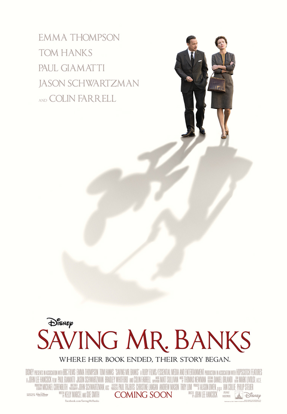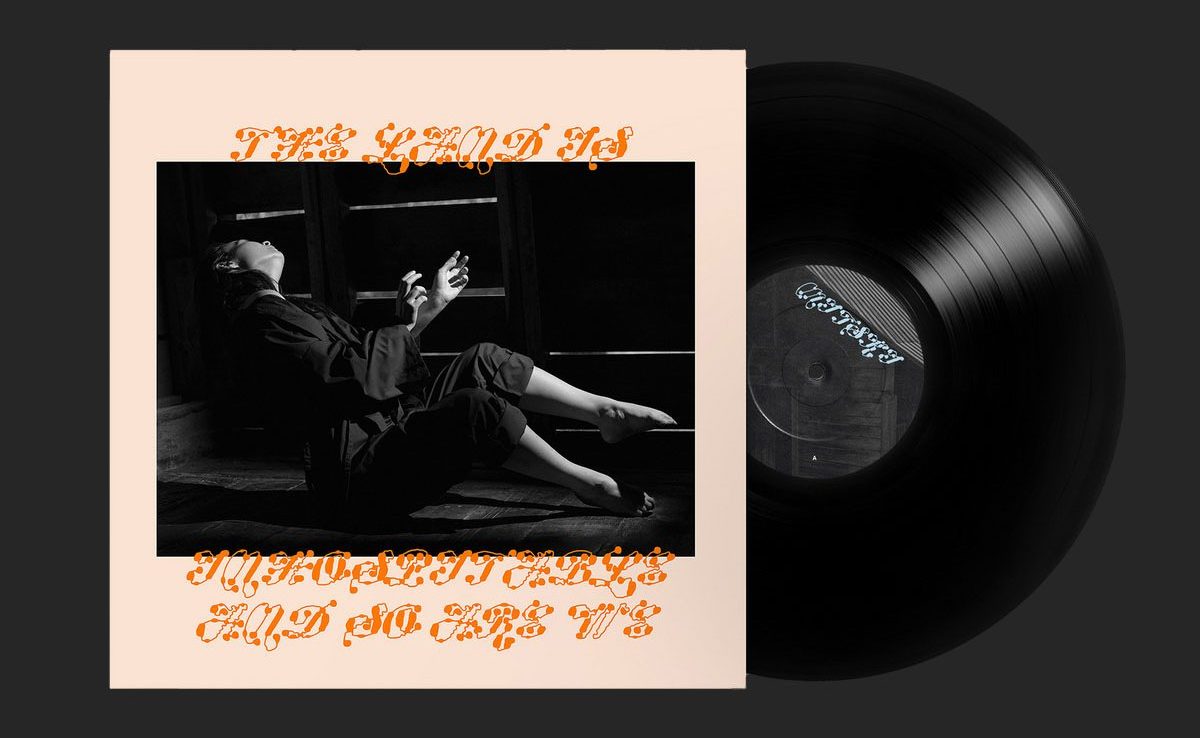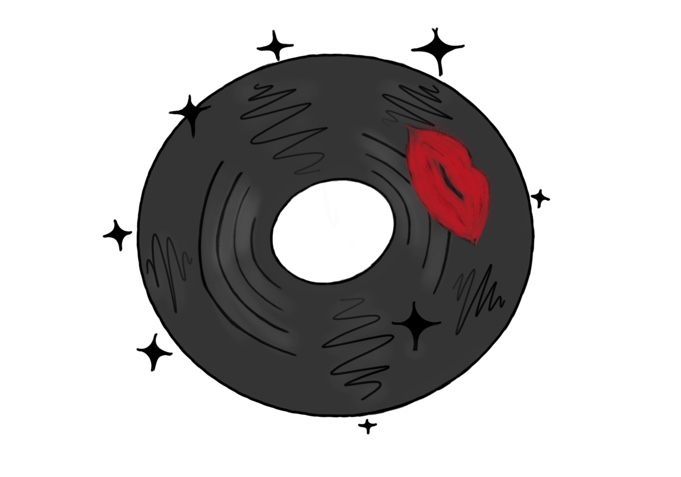
It’s the ’40s, and Walt Disney finds his daughters thoroughly enjoying a new book, starring an eccentric nanny named Mary Poppins. Thus begins a 20-year quest to acquire the rights to the novel and make a film for his girls. What he believes will be an easy process is hindered because of the stubbornness of the author, a P.L. Travers, who is petrified at the idea of her beloved nanny being ruined by a sugary-sweet spoonful of sugar by the Disney company, which was already famous for optimistic cartoons and themes.
The Disney Company’s new film, “Saving Mr Banks,” follows Mrs. Travers, as she preferred to be called, during her last trip to Hollywood before she finally gives Disney the rights to her novel. This film marks the first onscreen portrayal of the late Walt Disney himself by the great Tom Hanks. And boy, does Hanks capture the essence of the legend. The star of the film, however, happens to be the lovely Emma Thompson, who captures a prude but damaged woman who is closer to her characters than anyone could ever truly know.
Accuracy aside, performances in this film are fantastic. Through her acidic words, Thompson shows a vulnerability and sadness in Travers, more than deserving her an Academy Award nomination. While in the film Travers has a change of heart, which seems a bit hard to believe regarding her terrible attitude, Thompson embraces the idea and plays the transition between a cranky Travers and slightly nicer, yet more insecure Travers.
Travers warms to her driver, Ralph, portrayed by the ever-endearing Paul Giamotti, but despite many attempts, she has a difficult time warming to Disney himself. Hanks’ portrayal of Disney will bring tears to anyone who grew up on the vision of the man who floated by fairy dust on black and white television, and had a tendency to sit on the edge of his desk to talk to people. While he may not look exactly like Disney, Hanks makes sure the speech patterns, the gait, the body language, and even the less flattering personality defects have a defined presence.
Perhaps the most publicized aspect of Hanks’ portrayal of Disney is his campaign to show the mogul smoking on screen. Disney was a lot of things, and one of those things was a smoker. The Disney company is still not comfortable widely publicizing that fact, as Disney didn’t want people to see him smoking, never wanting encourage a “bad habit,” as he called it. While Hanks was unable to change Disney’s company completely, he did put out a cigarette on screen, and sneak in a few hacking coughs prior to entering for his scenes.
Disney is not the only one with a bad habit, however, as Travers’ father’s trouble with stories and drinking unfold through a series of flashbacks to when she was around seven years old. These flashbacks, while handy in giving the audience more of a peek into Travers’ past and the reason she is how she is, seem obnoxious and unnecessary until about halfway through the film. Thankfully, they pay off in background information by the end, giving somewhat of an excuse to her behavior throughout.
Her frustration toward Disney is often taken out on her writing team, consisting of writer Don Dagradi and the legendary songwriting team of brothers Robert and Richard Sherman. These exchanges were recorded at Travers’ request and have been used in portions of the dialogue, and featured just after the credits in a sort of an Easter Egg, allowing the audience a sound bite of Travers discussing Mr. Banks with them.
This sort of history is what ultimately brings the film together. The Disney company has come a long way since 1961, when “Saving Mr. Banks” is set, making the beautiful period piece that much more amazing. Not only do they bring Main Street U.S.A. back to its glory days, but also period specific Disney plushes and costumes for Disney’s creations like Mickey Mouse, who believe it or not, looked very different when Mary Poppins premiered from now. Making a period film is one challenge, but making a period Disney film is a whole other ball game.
Overall, the film is unexpected. To be expected would be to have a sugar-coated account of exchanged between Walt Disney and P.L. Travers, with a few glimpses at hurt exchanges with others, and to have a make-up between Disney and Travers at the very end.
This film, while there is a bit of a make-up near the end, doesn’t do that. Disney, while being the most famous character and most anticipated performance, serves more to stir up the trouble that Travers faces in production. He is not an antagonist, but a catalyst. He makes trouble, but tries to fix it.
He couldn’t fix everything, judging by Travers’ will, stating that no American should be involved in a production of Mary Poppins again, but he does try. In fact, the film focuses more on Travers’ relationships with others, at home, in her past, and in Hollywood than the actual film Mary Poppins. The production of the famous movie serves a frame through which to view her life and attitude, which are highly publicized as being strange and harsh.
“Saving Mr. Banks” is a brilliant film, which provides a fair amount of actual history, while also creating an enjoyable and tear jerking cinematic experience with some necessary inaccuracies. Just like any historical film, the facts should be taken with a grain of salt, or a spoonful of sugar, but that doesn’t discredit the quality; it just helps the medicine go down.
By Madi Mertz
Have you seen the film? What did you think of it?
















































































